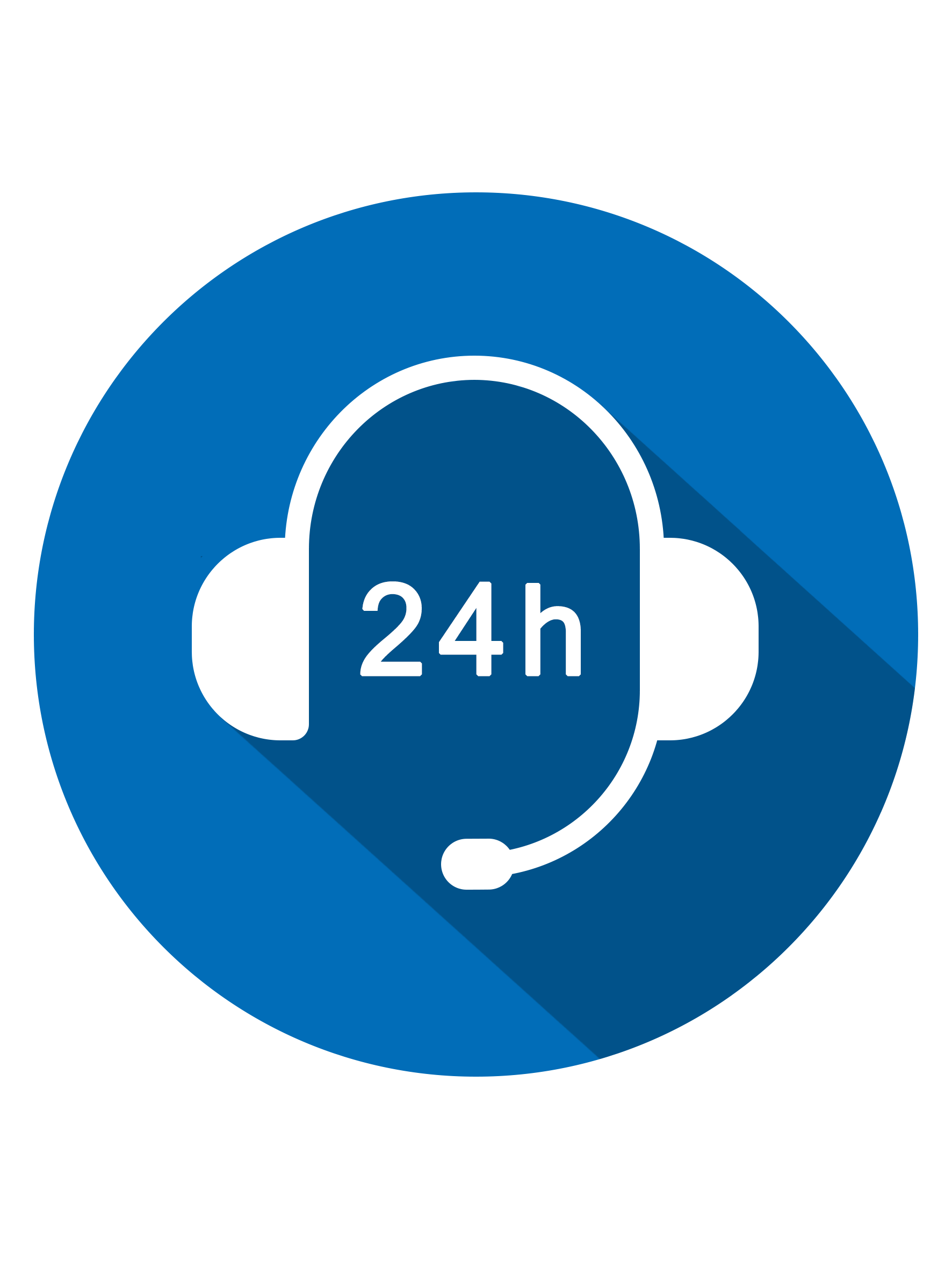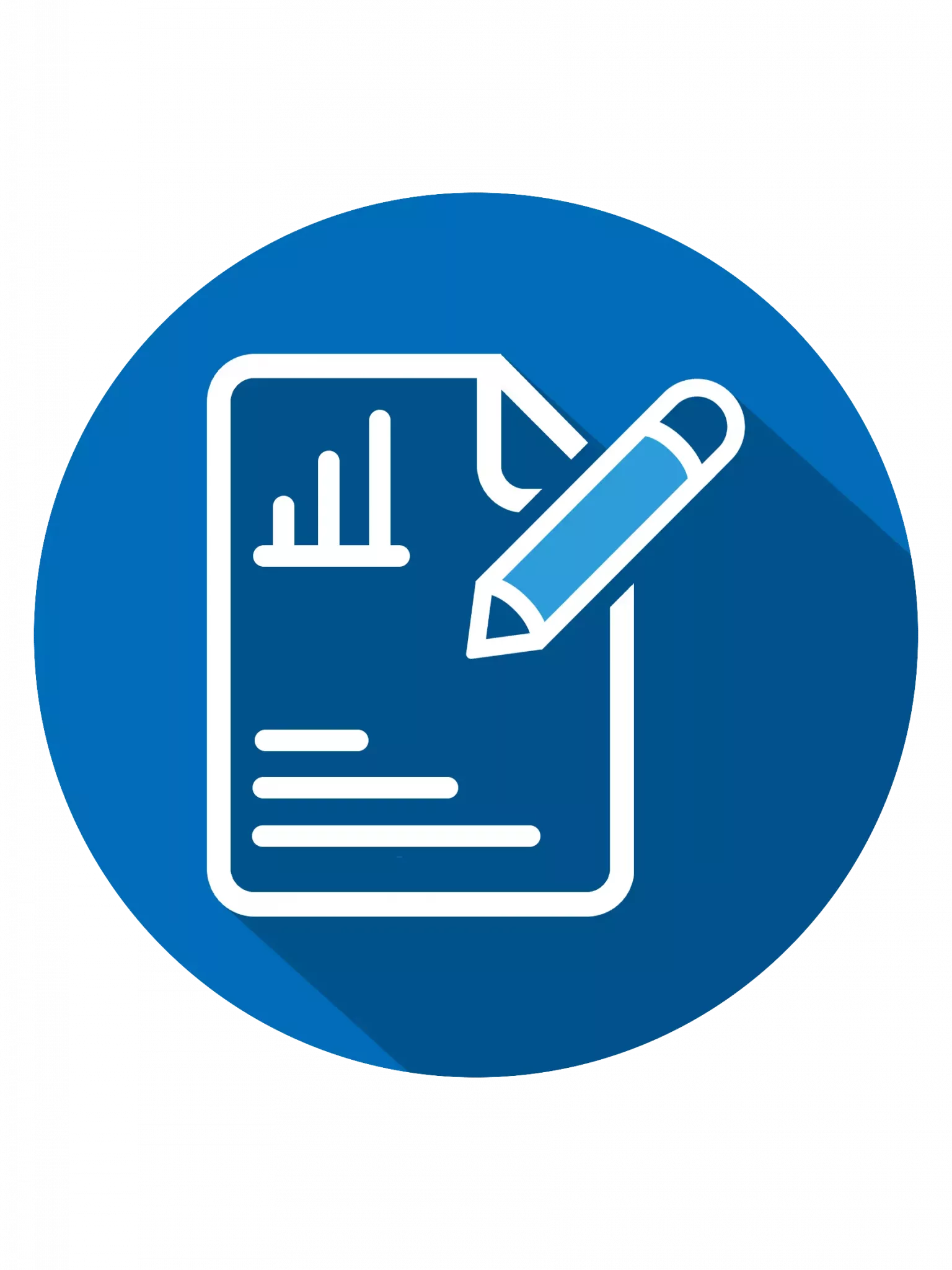DISASTER RECOVERY SERVICES
Managed Disaster Recovery solutions, to keep your services online without disruption - backed by our 24/7x365 UK based Service Desk.
A disaster recovery service your business can rely upon.
The Disaster Recovery-as-a-Service (DRaaS) market can be a confusing place for business customers looking for a reliable solution that guarantees their recovery time objectives (RTOs). Many of the products in the market today offer a DRaaS solution in addition to, or separate from, an overall data protection strategy, often pulling the focus of IT away from their current data centre investments and momentum. These solutions add an additional layer of management complexity, and often leave businesses uncertain that they can actually recover if something goes terribly wrong.
As your business embraces a multi-cloud strategy, you need to make sure that Disaster Recovery-as-a-Service (DRaaS) is a part of your plan – to ensure availability – and to maintain customer confidence and brand reputation.
SR Cloud’s team of DRaaS experts can help you accomplish this goal by designing, planning, implementing, and testing your chosen DRaaS solution. All our DRaaS solutions are backed with an industry leading 24×7 support SLA, we are here to guide you on every step of the way.

How does disaster recovery as a service work?
Cloud computing enables disaster recovery as a service, or the third-party replication and hosting of physical or virtual servers, which provides failover in the event of a business disruption or outage. Here are the primary steps involved in the process:
- Replication. Data residing in a customer’s primary site is duplicated and sent to our remote disaster recovery data centre located in the UK. It is important that replication includes virtual and physical servers or delivers a “hybrid” solution since most organisations have infrastructure that relies on both. When data is frequently added or altered, our DRaaS solution allows regular data snapshots to avoid data loss during failover.
- Failover. End-user access moves to a secondary site provided by SR during a catastrophe. Speed is of the utmost importance for DRaaS solutions, as any downtime can be detrimental to the business.
- Failback. Data moves from our DR datacentre environment back to the customer’s primary site. We then restart the replication process as soon as failback is complete to ensure continuous protection.

Why choose SR Cloud Solutions?
To deploy a successful DRaaS strategy, you need a partner at the forefront of technology, with expertise spanning across industry sectors.
- The best technology – highest levels of accreditation with the world’s leading vendors such as Microsoft, Acronis, Datto, and Veeam.
- Skills and expertise with a UK-based 24/7 Service Desk.
- We are a Joscar accredited business which means we are certified to work with leading defense companies who require the highest standards of cyber security.
- We are experts in designing DRaaS solutions that fir your business RTOs (Recovery Time Objectives)
Book a meeting with one of our consultants to learn more about our DRaaS solutions.
OUR DISASTER RECOVERY SERVICE Benefits

Protect and Recover
Data loss and its knock-on effects on services and systems can be extremely wide ranging and negative, sometimes causing irreparable damage to a business’s brand and reputation. Our solutions can be integrated with your existing infrastructure, giving you complete copies of your systems and business data, with the ability to restore it rapidly if needed.

Flexible, Transparent Pricing
We offer completely transparent, resource based pricing structures for your disaster recovery service. You only pay for the resources you actually need, making effective disaster recovery accessible, whatever your business size. Our rapid RTOs will get your systems back online quickly and all our DR services are backed by a strict SLA for total piece of mind.

24/7 Support Included
Responsive, reliable support is vital to the ongoing success of any technology platform. SR Cloud Solution's IT service management processes adhere to the most rigorous industry standards and frameworks to deliver the consistent, measurable service required to effectively support your platform and business. Our service desk is UK based with access to 3rd Line Engineers offering a guaranteed SLA of 99.9%

Store Data Securely, Recover Rapidly
Our cloud platform has been designed to offer a resilient, highly available infrastructure, ideal for supporting critical DR requirements. Distributed across three UK data centres and with connectivity to multiple Tier I carriers, your data is securely protected and recoverable when you need it.

Fully Accredited and GDPR Compliant
All our partner data centre providers are ISO 270001 accredited and infrastructure and control processes are aligned with the ISO 27018 data privacy code of practice. We are fully GDPR compliant and can offer advice to companies looking to align their data processes with this new data privacy policy.

DR Management and Planning
SR will fully manage, monitor and support your disaster recovery service. Our experts will also provide a customised recovery plan and process for your business. All disaster mitigation plans and processes are tested on a regular basis to ensure they function as expected, within the agreed timescales and conform to your business continuity objectives.
Join Other Leading Companies Who Trust SR Cloud Solutions







Frequently Asked Questions
Disaster recovery as a service (DRaaS) is a cloud-based solution that third-party cloud providers offer to small and large businesses to ensure data protection, limit downtime, and shorten Recovery Point Objectives (RPOs) when a disaster happens. DRaaS is offered through a contract or as a pay-as-you-go model, with payment based on any combination of storage, bandwidth, RAM, compute cost, and licensing fees for the backup software, depending on the disaster recovery solution provider. Service Level Agreements (SLA) can impact costs and documents the service an organization can expect from the provider.
With DRaaS, an organisation’s systems and data are replicated to a public or private cloud infrastructure. If a disaster strikes the primary site, the primary systems will fail over to the recovery service, and the organisation can continue operations. The DRaaS provider or vendor is responsible for the failover process.
A hybrid cloud disaster recovery (Hybrid DR Cloud) method uses a public cloud and a private data center (physical or cloud). This option provides the greatest degree of flexibility, keeps costs down, and meets any regulatory and compliance needs.
Cloud-based disaster recovery is the most cost-effective and scalable option. With this option, a cloud data centre is used to store critical systems (whether physical or virtual), data, and applications. Cloud disaster recovery (DR Cloud) allows an organisation to keep entire virtual environments ready, reducing the recovery time from a business disruption or outage to minutes or even seconds..
The 3-2-1 backup rule drives many organisations to embrace DRaaS. This rule stipulates that to ensure total data protection in the event of a disaster, you need to have:
- Three copies of your data, one production version and two backups
- Two formats for your backup, e.g., network drive, external hard drive, cloud, etc.
- With one of those backups stored off-site, like in the cloud.
The cloud makes it easy to meet the third requirement, eliminating the need for organizations to create disaster recovery data centers, back up systems and data to offsite virtual machines (VMs), or to disks and tapes that are stored off-site. Since backups are stored in the cloud, you can recover your systems and data quickly.
When considering a DRaaS solution, you have three different types to choose from:
- Self-Service. Buy the solution and have your in-house IT team run it.
- Buy a solution that is supported by a DRaaS vendor who can offer advice or assistance as needed.
- Outsource your DRaaS to experts who can devise your plan and manage failover and failback for you.
Choosing the right disaster recovery software or service could mean the difference between success and failure following a business disruption. Ensure your business continuity by safeguarding your data, systems, and applications – no matter what happens.
With the future of remote work, end-user devices need DRaaS protection more than ever. Devices will continue to remain outside of the office firewall and are susceptible to malware and ransomware on an almost daily basis.
While business applications and servers may be secure in a data center or the cloud, end-users working on laptops from home offices are not. These devices are more vulnerable and may also have more unique, and more recent, copies of data since remote work is now the norm.
A great DRaaS solution covers all endpoints. If there is an internet connection, the device can be protected. For example, IT can use a disaster recovery solution to create a virtual instance of a laptop until new equipment is delivered to the end-user.
Disaster recovery is often seen as a hard cost when it should be considered an investment. It is important to calculate the return on investment (ROI) of keeping data, systems, and applications secure. You can get the information you need by reviewing your budget to capture costs, such as infrastructure expenses (from staff to IT hardware) and calculate revenue losses. Your costs also depend on whether you choose a self-service, assisted, or managed DRaaS solution.
Disaster recovery as a service is cost-effective. Your business can access DRaaS for a predictable, flat monthly fee. On the other hand, if you choose NOT to opt in, your organisation can lose up to £50,000 to £100,000 per hour of downtime, which is the average loss reported by 98% of organisations.
Businesses today have no tolerance for downtime, so DRaaS provides a critical bridge, allowing businesses to operate remotely while normal processes are restored. While natural disasters are commonly associated with the need for DRaaS, five of the most common reasons an organisation uses DRaaS are:
- On-premises power outages
- Hardware and network failures
- Software, IT systems errors
- On-premises data center failures (not due to power outage)
- Security-related attacks
Quick recovery is vital to avoid costly downtime – both in terms of financial and reputational damage – and ensures your business remains competitive and compliant. By outsourcing disaster recovery to a DRaaS vendor like SR Cloud Solutions, your organisation can also avoid complex, time-consuming disaster recovery orchestration so you can count on the solution to work fast.
Recovery Point Objective (RPO). The maximum amount of time that you are willing to lose data on your systems because of an event. Recovery Time Objective (RTO). How fast you can recover from the moment of a disaster to the moment you return to normal operations.
sPEAK TO ONE OF OUR DRaas EXPERTS
Get a DRaaS solution that fits your business, backed up by leading, UK based technical support and expertise. Speak to one of our DRaaS experts today.


